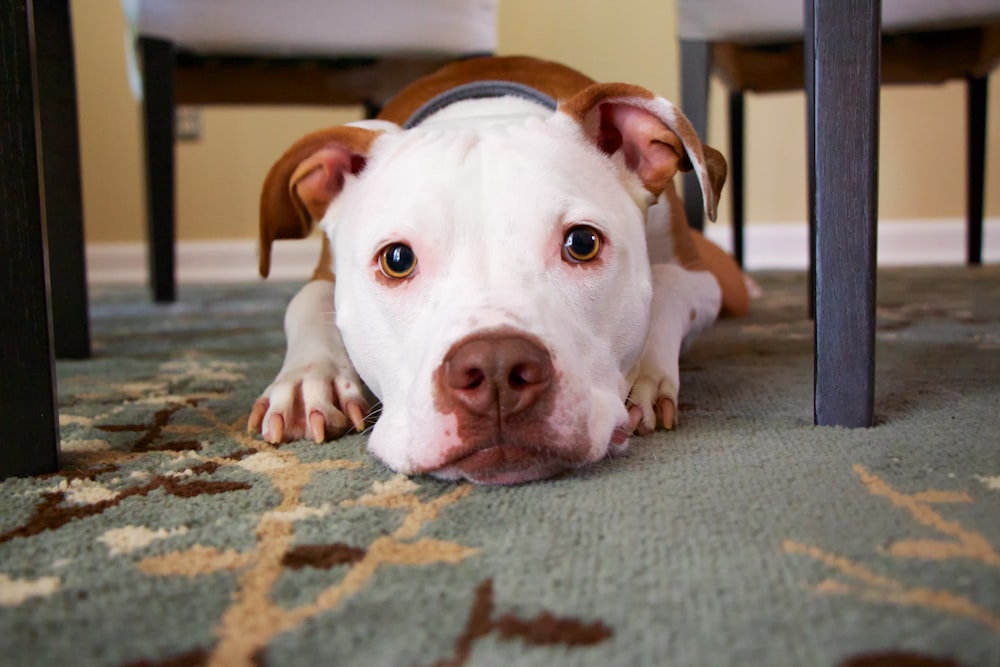Ferret Rescue
Ferret Rescue
 There are often many reason why ferret rescue is necessary. A ferret can accidentally get lost in the wild, or in a city. When such a thing happens it can be very stressful not only for the pet but for the owner as well. But even more tragic is when someone releases a domesticated ferret deliberately because they don’t want to care for it anymore. They probably think that the ferret is capable of surviving on its own, but this is almost never true.
There are often many reason why ferret rescue is necessary. A ferret can accidentally get lost in the wild, or in a city. When such a thing happens it can be very stressful not only for the pet but for the owner as well. But even more tragic is when someone releases a domesticated ferret deliberately because they don’t want to care for it anymore. They probably think that the ferret is capable of surviving on its own, but this is almost never true.
Attempting To Rescue a Lost Ferret
If you find that your ferret has gone missing from you home, here are some steps to take to try to get it back.
Check everywhere you can think of that it might like to hide – both inside and outside of your home
Call your local ferret rescue agency and pet shelter (giving them a picture would be helpful)
Place an ad in your local newspaper and consider offering a reward for the safe return of your pet
Check with any vets in your area to see if anyone has dropped off a stray or injured ferret
Put up flyers around your neighborhood with a picture of your missing pet and contact information
How to Adopt from a Ferret Rescue Shelter
Most ferret rescue shelters are happy when they can place a rescued ferret with a loving family. But, don’t think that you can just go to a shelter and take one home. You will need to go through an application process to determine if your family and living environment is suitable for a pet ferret.
You will be required to show that you know and understand the basic requirements of ferret ownership and that you have the time and resources available to meet those needs.
Be prepared, also, to pay an adoption fee. Fees can vary widely, but as a rule of thumb you can expect to pay between $75 and $100. Fees are necessary as they help support the shelter in the terrific work they are doing.
Ferret Rescue Agencies and Shelters
There are an amazing number of agencies and shelters committed to ferret rescue. A good resource you might want to check out is The American Ferret Association’s Shelter List and the FML Shelter List in the United States.
You will find several ferret rescue shelters in the UK, Canada, Australia and lots of other countries, too. To find one near you, try an Internet search for “ferret rescue” in your area and you’ll find lots of resources.
Alternately take a look in the Yellow Pages of your local phone book. If they don’t have a section for ferret shelters, then look under “Animal Shelters.”
Surrendering Your Ferret to a Rescue Shelter
Unforeseen circumstances can sometimes force you into having to give up your pet. If you’re not able to find them a suitable home on your own, then you should seriously consider finding a shelter that knows how to care for them and may be able to find them a new home.
Never release a domesticated ferret into the wild. They have been a pet and simply won’t be able to adapt. Doing such a thing will only sentence them to a slow and lonely death.…






 Frontline Plus for cats
Frontline Plus for cats  There are many parasites that can give cats problems. Feline tapeworms are some of the most common. These white worms are capable of growing approximately eight inches long if they live long enough. Thanks to the suckers and hooks that Mother Nature equipped them with, they’re capable of attaching themselves to the walls of the small intestine of your cat.
There are many parasites that can give cats problems. Feline tapeworms are some of the most common. These white worms are capable of growing approximately eight inches long if they live long enough. Thanks to the suckers and hooks that Mother Nature equipped them with, they’re capable of attaching themselves to the walls of the small intestine of your cat.  Cats require a certain balance of proteins, carbohydrates, fats, fresh water, minerals and vitamins in their daily diet. It is up to us to provide that mix for them in order for them to stay healthy and thrive.
Cats require a certain balance of proteins, carbohydrates, fats, fresh water, minerals and vitamins in their daily diet. It is up to us to provide that mix for them in order for them to stay healthy and thrive. Using chlorine dioxide for cat urine odor removal allows you to eliminate the odor and any odor-causing ions that may have been absorbed into other surfaces in the room.
Using chlorine dioxide for cat urine odor removal allows you to eliminate the odor and any odor-causing ions that may have been absorbed into other surfaces in the room. These day it is not at all unusual to see folks out walking their feline companion using a cat harness and leash.
These day it is not at all unusual to see folks out walking their feline companion using a cat harness and leash. Getting a kitten can be one of the most wonderful experiences in a person’s life. For anyone wishing to bring home a kitten for the first time, there are lots of important points that have to be noted by the members of his or her household. Since it is a huge step to bring a pet home, it is always a good idea to make sure that you can take proper care of it and are prepared to invest time in mingling with the new pet to know about its behavior, likes and dislikes, and don’t mind spending time in training it.
Getting a kitten can be one of the most wonderful experiences in a person’s life. For anyone wishing to bring home a kitten for the first time, there are lots of important points that have to be noted by the members of his or her household. Since it is a huge step to bring a pet home, it is always a good idea to make sure that you can take proper care of it and are prepared to invest time in mingling with the new pet to know about its behavior, likes and dislikes, and don’t mind spending time in training it.